
Balla Speed of a Motorcycle" Mug by Carpaccio Redbubble
Speed of a Motorcycle (Study) is an artwork of the futurist Giacomo Balla. Credit: All rights reserved. Exhibited on USEUM with the permission of the rights owner. Created by Giacomo Balla Artist (Italy) Follow 24 followers Contributed by Cristina Motta Conservator (2.5K) Follow 12 followers Discussion Sign in to add comments

theegoist Balla (Italian, 18711958) Velocità di motocicletta (the speed of the
Giacomo Balla, Velocità di motocicletta (the speed of the motorcycle), 1913 Giacomo Balla, Abstract Speed + Sound, 1913-1914 Balla had established the moving car as a symbol for a modern world, and that was, according to the Futurist Manifesto, "more beautiful than the Nike of Samothrace".
eccesso di velocità auto studiare astratto velocità , 1913 di Balla (18711958, Italy
Giacomo Balla (18 July 1871 - 1 March 1958) was an Italian painter, art teacher and poet best known as a key proponent of Futurism. In his paintings, he depicted light, movement and speed. He was concerned with expressing movement in his works, but unlike other leading futurists he was not interested in machines or violence with his works tending towards the witty and whimsical.

Artiste Balla " LIBERTÉGÉRIE
Giacomo Balla, Street Light (detail), c. 1910-11 (dated on painting 1909), oil on canvas, 174.7 x 114.7 cm ( The Museum of Modern Art, New York) The small crescent moon Balla included in his painting is also an illustration of Futurist ideas. Just as the street light stands for the future in the picture, the small moon stands for the past.

Riproduzioni Di Belle Arti Linea di velocità, 1913 di Balla (Ispirato da) (18711958
15% off on all cart items, sitewide! Valid today:05/11/2023 FREE Shipping. All the time. See details. Speed of a Motorcycle (study) Add to Favorites Send as E-card Add it on your website Explore Similar artworks on ArtsDot.com All artworks with topics: Roads, Mechanics, Study Artworks of style Futurism with colors:
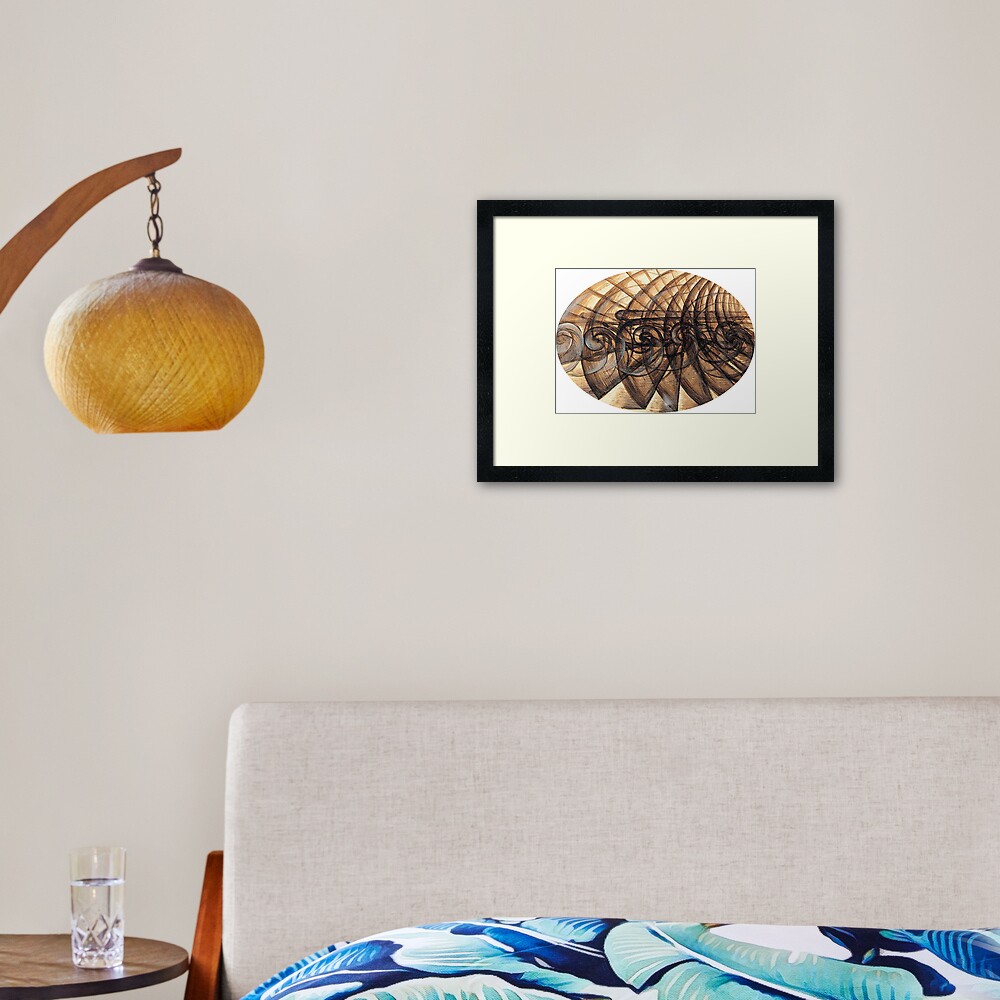
Balla Speed of a Motorcycle" Framed Art Print by Carpaccio Redbubble
Giacomo Balla has 13 works online. There are 2,411 paintings online. Installation views We have identified these works in the following photos from our exhibition history. Twentieth Century Italian Art Jun 28-Sep 18, 1949 1 other work identified Works from the Museum Collection Aug 12-Sep 21, 1952 1 other work identified

Balla, Abstract Speed, 1913, oil on canvas. Private collection. Download Scientific
informatie Read out Now on display Forme rumore di motocicletta, 1913 Forms of Motorcycle Noise Giacomo Balla (1871-1958) Oil and gouache on paper 73 × 101 cm KM 133.593 Acquired with support from the BankGiro Lottery, the Rembrandt Association, the SNS REAAL Fund, the Mondriaan Fund and the VSB Fund 20th century Works on paper Integral
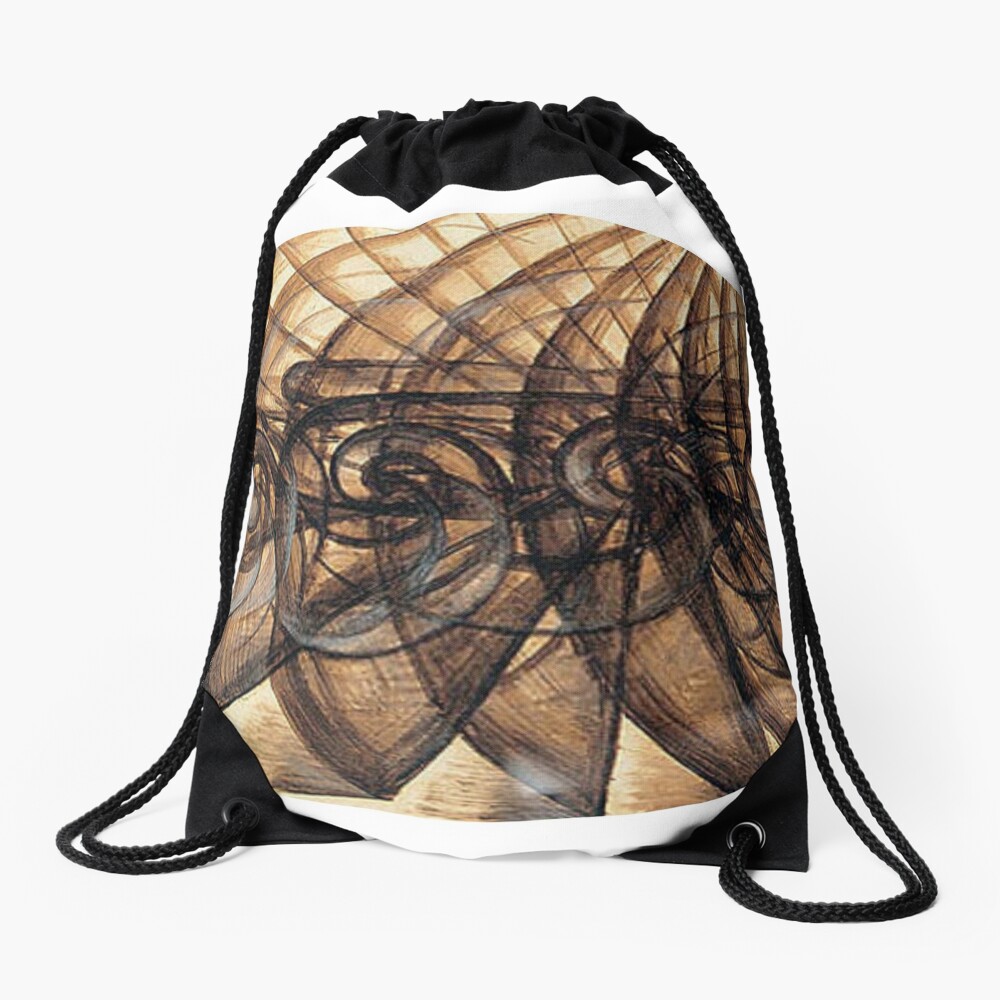
Balla Speed of a Motorcycle" Drawstring Bag for Sale by Carpaccio Redbubble
The Speed of an Autumobile, 1913. Velocity of Cars and Light, 1913. Velocity Of An Automobile, 1913. Abstract Speed + Sound, 1914. Dynamic of Boccioni's fist, 1914. Iridescent Interpenetration No.13, 1914. Iridescent Interpenetration No.5 - Eucalyptus, 1914. Planet Mercury passing in front of the Sun, 1914.

Abstract Speed 1913 By Balla Art Reproduction From Wanford
Giacomo Balla (18 July 1871 - 1 March 1958) was an Italian painter, art teacher and poet best known as a key proponent of Futurism. In his paintings, he depicted light, movement and speed.
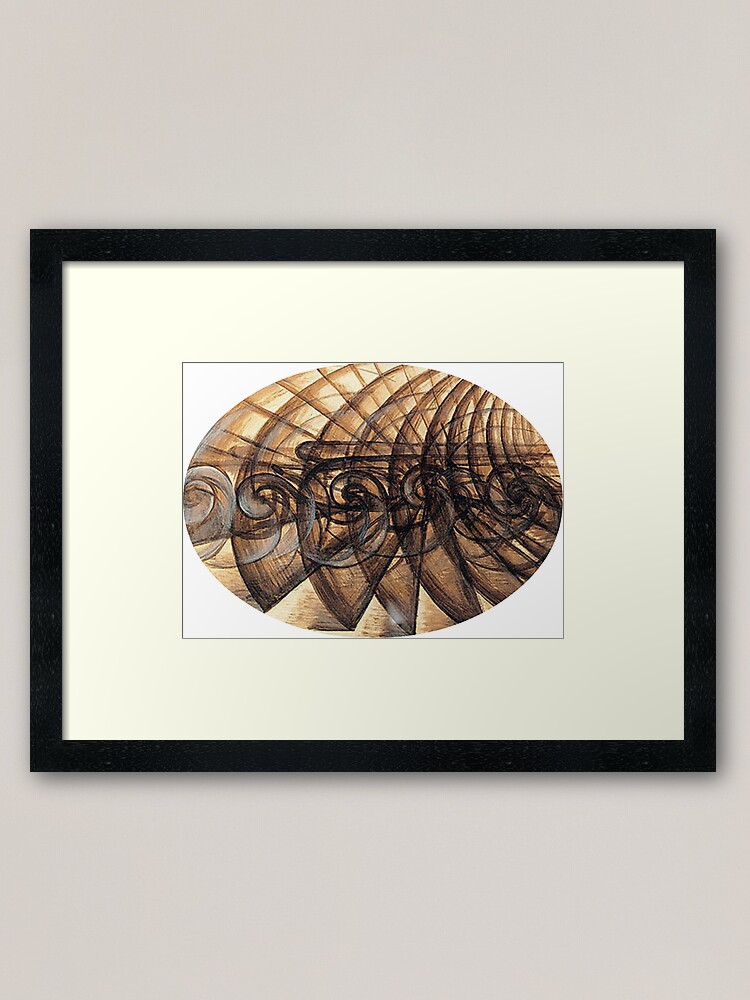
Balla Speed of a Motorcycle" Framed Art Print by Carpaccio Redbubble
The Speed of a Car + Light by Giacomo Balla, 1913, via Moderna Museet, Stockholm The new artistic movement called Futurism was on the rise in Italy under the guidance of a charismatic poet named Filippo Tommaso Marinetti. Marinetti praised the new age of technology and machinery, demanding the destruction of all remnants of the past, including museums and libraries.
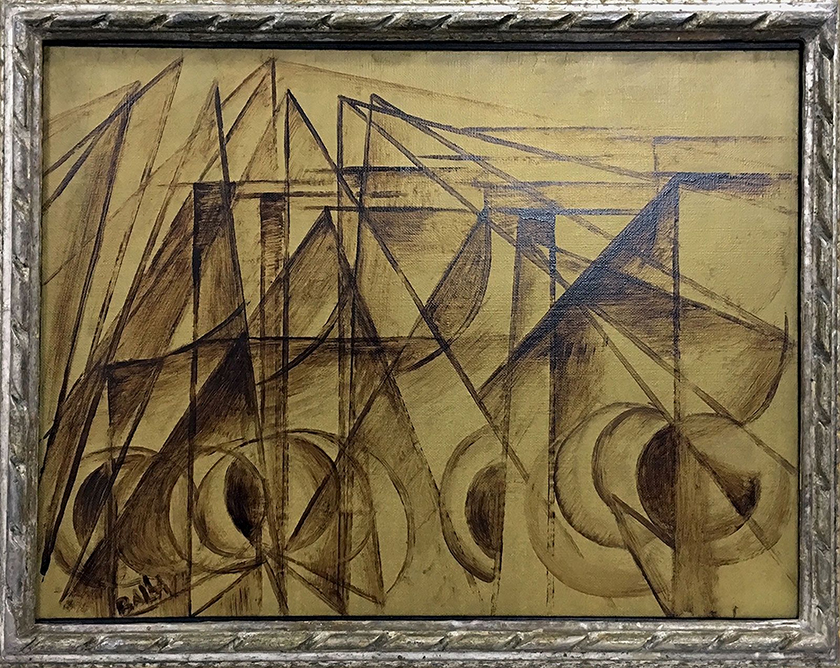
Balla Suzanne Lovell Inc.
Giacomo Balla (18 July 1871 - 1 March 1958) was an Italian painter, art teacher and poet best known as a key proponent of Futurism. In his painting he depicted light, movement and speed. Giacomo Balla was born in Turin, in the Piedmont region of Italy. He was the son of a photographer and as a child studied music.
la velocidad de un Autumobile, 1913 de Balla (18711958, Italy)
Giacomo Balla, (born July 24, 1871, Turin, Italy—died March 1, 1958, Rome), Italian artist and founding member of the Futurist movement in painting.. Balla had little formal art training, having attended briefly an academy in Turin. He moved to Rome in his twenties. As a young artist, he was greatly influenced by French Neo-Impressionism during a sojourn he made in Paris in 1900.

Balla Speed of a Motorcycle" Art Print by Carpaccio Redbubble
Giacomo Balla "Speed of a Motorcycle", 1913 Oil on Canvas Wiki: "Born in Turin, in the Piedmont region of Italy, the son of an industrial chemist, as a child Giacomo Balla studied music. By age twenty his interest in art was such that he decided to study painting at local academies and exhibited several of his early works.
Reproducciones De Arte Del Museo abstracto velocidad, 1913 de Balla (Inspirado por
Ideas Depot Free Artist Giacomo Balla 1871-1958 Original title Velocità astratta - l'auto è passata Medium Oil paint on canvas Dimensions Support: 502 × 654 mm frame: 552 × 704 × 52 mm Collection Tate Acquisition Presented by the Friends of the Tate Gallery 1970 Reference T01222 Display caption Catalogue entry Display caption

Futurist motorcycles Italian Ways Producción artística, Artistas, Futurista
But in 1910 or 1911, the Futurist painter Giacomo Balla painted a large canvas displaying a huge electric street light, on a canvas that is over five feet tall, with a diminutive moon in the corner. Why would he have made such a choice? Loving the future, hating the past
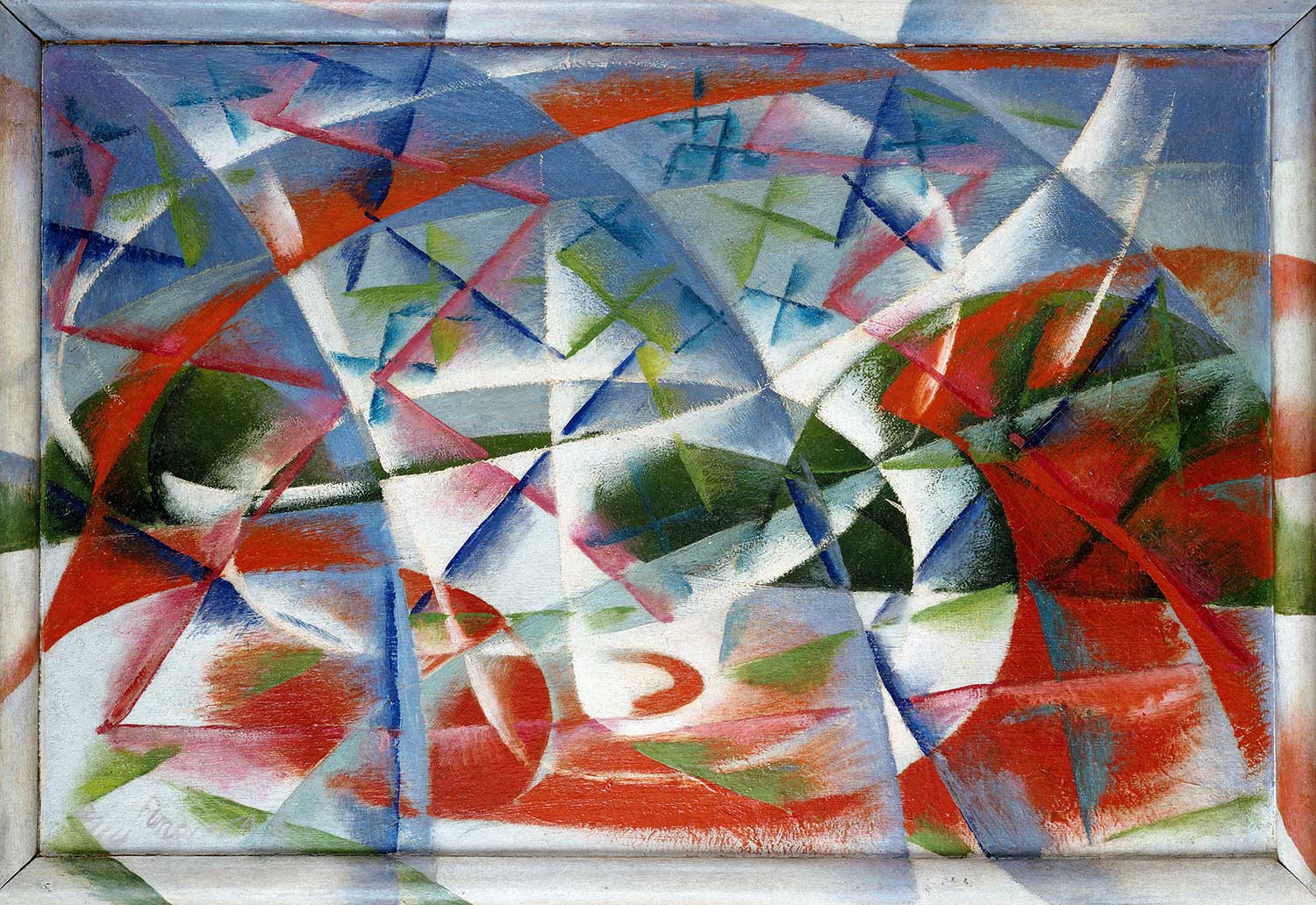
Abstract Speed + Sound by Balla Kalligone
Image courtesy of: Cardi Gallery Giacomo Balla, born in Turin, Italy in 1871, was one of the leading members of Italy's Futurist movement. A radical thinker among radical thinkers, Balla was self-taught and deeply influenced by Cubism. At the age of 24, the artist departed for Rome; five years later, he spent several months in Paris.